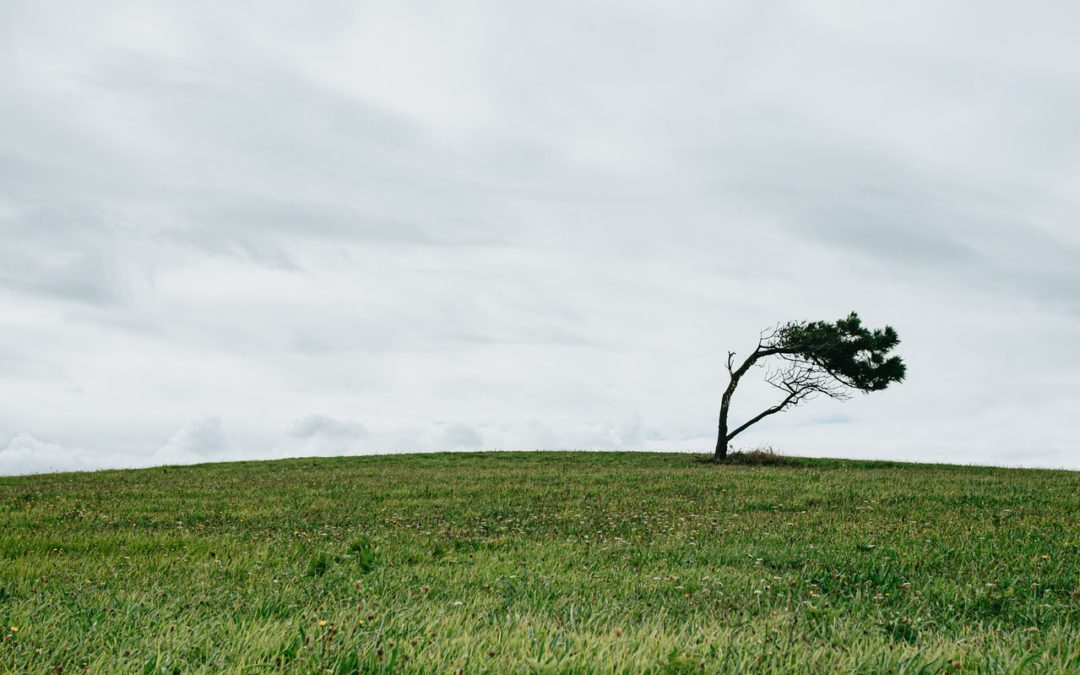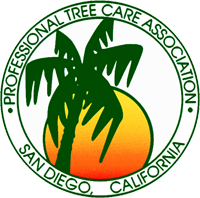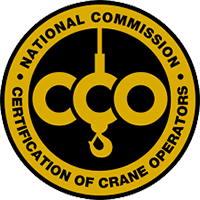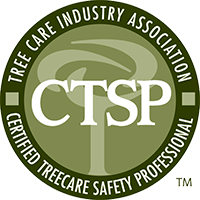Catherine the Great, Empress of Russia from 1762 to 1796, once said, “A great wind is blowing, and that gives you either imagination or a headache.” Well then, please pass the aspirin. In southern California, we are familiar with two major types of wind forces that affect our trees; prevailing and Santa Ana. Prevailing winds are typically from the south or west and accompany rain and storms, and Santa Ana winds are characteristically from the east and are associated with warm fall weather.
The reality of today is that major property damage, serious injuries, and even fatalities can occur due to tree failure during wind events. This is the headache. There are two basic failure modes for trees due to winds; branch or limb failure, and uprooting (total) tree failure.
When we experience wind after a period of rain, the soil is usually wet, or even saturated, and trees can uproot due to the soggy soil. This type of failure is often considered a soil failure, as opposed to a tree/root failure, depending on specific circumstances. In situations where the soil is saturated, tree roots can lose their ‘grip’ in the soil and the whole tree can uproot. Aside from a few broken branches, most trees, especially those that are inspected periodically and well-maintained, do not uproot during brief periods of rain and wind.
In contrast, during Santa Ana winds widespread branch failure is experienced. This is partly due to the intensity of the wind itself, but also in part due to the wind direction being ‘opposite’ what a tree normally experiences. A tree’s wood tissue develops and forms over its life, primarily influenced by movement caused by changing loads. Known as reaction wood and sometimes called flexure wood, this wood forms in branches in response to wind loading. Because prevailing winds are the most common, and trees are experiencing those most frequently, over time they develop their primary strength to withstand increased loading from prevailing winds. Santa Ana winds, on the other hand, present loading in the opposite direction of prevailing winds, which can cause extensive branch and limb failure.
The question is; what can I do to help manage my tree(s)? In most cases, it is possible to prevent branch failure or uprooting. Tree owners (or managers) should have their trees checked regularly by hiring a professional to assess their trees. A Qualified San Diego Arborists can spot many potential problems, and offer recommendations to either mitigate those problems or remove a tree if needed. Common problems include: defects; asymmetric trees; trees with cracks, leans or over-extended branches; cavities; evidence of internal decay; and overall poor tree structure. A qualified Arborist can help with one tree or a whole tree population. Tree maintenance strategies implemented year round will help identify potentially hazardous conditions and help reduce the risk of damage or injury before wind events occur. “The answer, my friend, is blowin’ in the wind.”-Bob Dylan.





